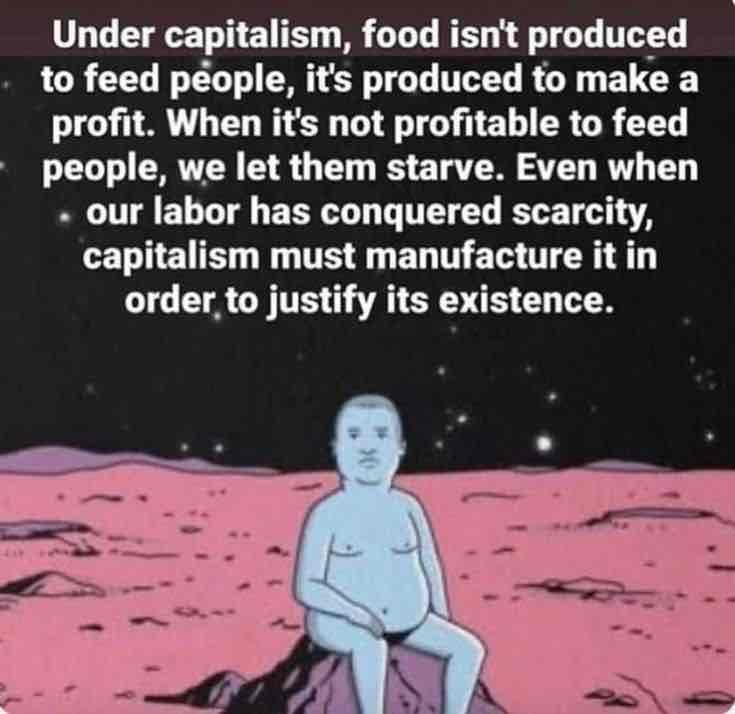We’re going through the pantry to make a shopping list of dry goods and even that stuff where you used to be able to spend $100 and have enough flour, sugar, beans etc to last a few months is through the roof.
Bring back $.50 a pound dry beans!
What is wrong with the other 20%? Do they not know what “increased” means?
They probably don’t do grocery shopping or pay attention that closely to their household finances. My guess would be most of them have a spouse who is aware of the increasing prices.
Random anecdote time. A few weeks ago, I was having dinner with my parents and commented on how my fridge had a stupid amount of corn since the store was practically giving it away (post memorial day. They must have overestimated the holiday surge). The conversation went to how we couldn’t husk the corn in stores anymore (post covid), and my dad was adament they changed the policy to increase the weight and therefore cost.
Except, at least around here, corn is not and has never in my life been sold by weight. He had just been in the grocery store so rarely that he does not know how corn is sold. Since they have enough income to absorb the cost, he probably wouldn’t be aware of the increase if not for hearing about inflation on the news.
Old people getting mad about shit they don’t understand, a classic.
My dad blames our Prime Minister for inflation as if it’s not a global crisis and as if Canada isn’t among the top ten countries in the world when it comes to mitigating the effects of inflation.
Does your dad have hobbies or anything? I find the ones most ready to start making shit up seem to be the ones who just work until they go home and then do basically nothing once they get there. Such little interaction with the rest of the world isn’t healthy.
I mean it’s one banana; what could it cost, 10 dollars?
I got a job that pays much more (going from underpaid to reasonably paid), so I’m probably in that 20% who didn’t really notice. I also moved to a higher cost of living area at the same time, so some of it was attributable to that.
I achieved FT WFH during the pandemic and moved from a VHCOL area to a LCOL. We make nearly double the median income for our new area and our food costs have increased so much our discretionary spending has basically staid the same as before the move.
If we hadn’t had the opportunity to move, I don’t know how we’d be getting by now.
Their restaurant budgets have increased.
80% of Americans know that water is wet. /s
Water isn’t wet, it gets other things wet. /s
And the other 20% have died from suffocation from having their heads buried in the sand.
Gee, ya think?
You’d have to be really stupid or completely rich and out of touch to have not noticed.
Why is this a survey? A survey is a tool used to approximate the distribution of opinions held among a population. What this survey is attempting to measure is a detectable fact, though. It would be more appropriate to do a statistical analysis of actual grocery costs over time.
It was a survey measuring a bunch of things, not sure why that was the metric they focused on for the headline though.
"Since the start of the pandemic, grocery prices have risen 25%, the report also found.
Some consumers have had to sacrifice necessities to afford food, the personal finance company found.
That includes 28% who sacrificed other needs like rent or bills to pay for groceries, and 27% who occasionally skipped meals. Additionally, 18% have either applied for or considered applying for food stamps, while 15% rely on or have considered turning to food banks.
Yet, 53% indicated they earn too much to qualify for food stamps or other government assistance but still have difficulties paying for necessities.
While most consumers report noticing higher grocery costs,51% have also seen increases in gasoline prices; 39% said other bills like cable, electricity and internet have spiked; 27% said housing costs have gone up; and another 27% said dining out costs have risen."





